Early Medieval: Networks
Between the end of Roman rule and the arrival of the Normans, the international networks into which England fitted fluctuated many times. From the 9th century links with Scandinavia were particularly strong.
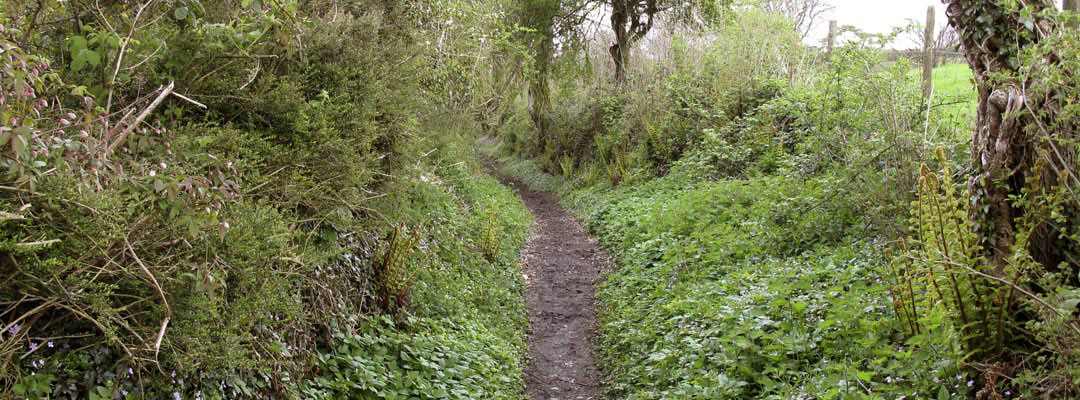
CONTINENTAL LINKS
Although Britain was no longer ruled from Rome, links with the Mediterranean world were still maintained. Fifth- to 7th-century finds from Tintagel Castle in Cornwall include oil jars from north Africa, glassware from southern Spain and Bordeaux in France, and wine jars and pottery from Greece and Asia Minor.
On the eastern side of the country, the fabulously rich ship burial at Sutton Hoo (perhaps of King Rædwald of East Anglia, who died in about 625) also includes artefacts from southern Europe. But the greatest treasures of the burial – sword, shield, jewellery and the probably English-made helmet – show the artistic influence of southern Sweden, homeland of Rædwald’s dynasty. With them were coins of the Franks, a Germanic people who had taken over Gaul.
Christianisation brought renewed links – particularly in architecture, religion and art – with southern Europe too, and also Christian Ireland. But strongest of all was the Scandinavian connection forged from the 9th century by Danish settlers. Under King Cnut (r.1016–35) England became an integrated part of a Scandinavian empire.
LANGUAGES AND ALPHABETS
Bede, writing in the 720s, recorded that Britain could be broken down into four nations and five languages: English; British (the ancestor of Welsh, Cornish and Breton); Irish; Pictish; and Latin, the universal language of religion and learned inter-communication.
Two centuries later, the languages of the Scandinavian settlers would be added to this list.
Written communication was further complicated by the use of several different alphabets. The conventional Latin alphabet, as used today, then had several additional Anglo-Saxon letters, related to Germanic runes – whose characters were formed of diagonal and vertical strokes. These represented sounds that were common in Old English, but not found in Latin – like ‘th’ and ‘w’.
Runes were particularly well suited for scribing onto wood or stone. Similarly, the Irish ‘ogham’ script, using only short, straight lines, appears on monuments in Irish-settled Cornwall and Devon, and further east at Silchester Roman Town, Hampshire.
COMMUNICATION
Anglo-Saxon English and Danish speakers were probably mutually intelligible with difficulty, but neither could understand or be understood by speakers of British or Irish.
Yet language barriers were not impenetrable. Bede describes the Northumbrian King Oswald (r.634–42), previously an exile in Ireland, interpreting the Irish preaching of Aidan on Lindisfarne, Northumberland, for his English-speaking followers.
Such relationships between linguistically divided regions were not uncommon. Travel between them – for war, commercial reasons or pilgrimage – was often by ship. The Anglo-Saxons, Irish and world-ranging Scandinavians were all seafaring peoples.
SHIPS AND ROADS
The Sutton Hoo burial ship – which had been a genuine seagoing vessel, albeit an unusually large one – provides rare evidence of a contemporary ship in England. Nearly 27 metres long, it had room for 40 oarsmen and probably also a mast.
Long-distance land travel may have used Roman roads, whose current names – like the Fosse Way, Ermine Street or Watling Street – are of Anglo-Saxon origin. But archaeology shows that parts of some major Roman roads were grassed over for long periods, or even used for burials.
Roads could be dangerous. It was probably to avoid passing marauders that early settlements in Lincolnshire were set well back from Ermine Street. Warning of such raiders might be announced by a beacon – another word of Anglo-Saxon origin.
More about Early Medieval England
-
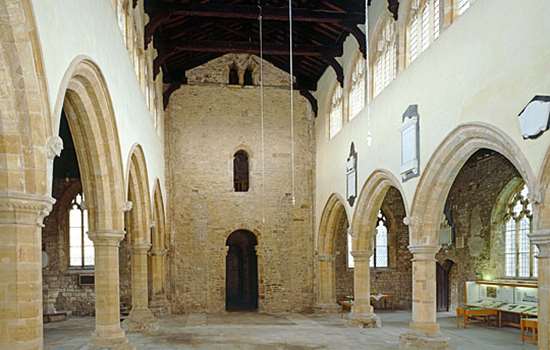
Early Medieval: Architecture
Most early medieval buildings were constructed mainly using wood, but this tradition left its mark on later stone-built churches.
-
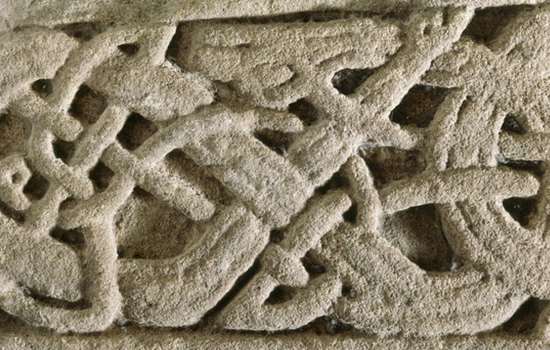
Early Medieval: Art
The early medieval period produced many examples of highly distinctive art of world-class significance.
-
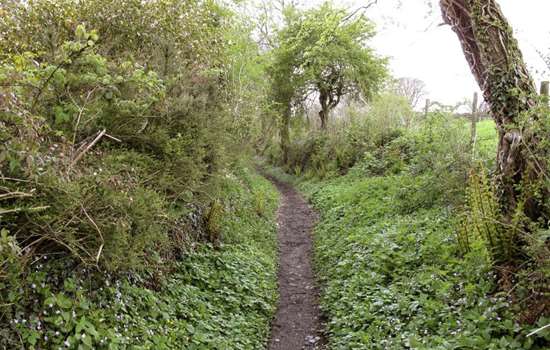
Early Medieval: Networks
Between the end of Roman rule and the arrival of the Normans, England's relationship with the wider world changed many times.
-
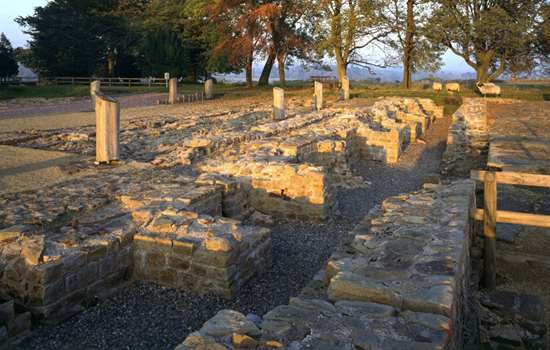
Early Medieval: Power and Politics
This period saw the evolution of a nation of warlords into a country organised into distinct kingdoms.
-
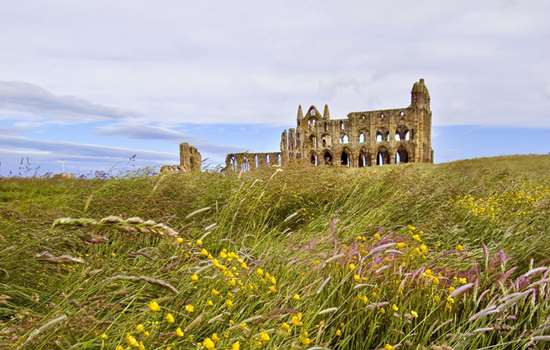
Early Medieval: Religion
Christianity in Britain tends to be associated with the arrival of St Augustine in 597, but it had in fact already taken root in Roman Britain.
Early Medieval Stories
-
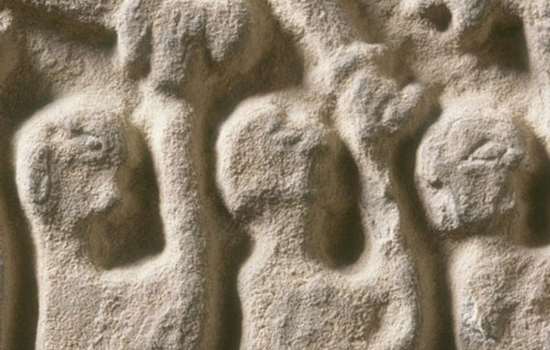
The Viking Raid on Lindisfarne
A devastating Viking attack on the church of St Cuthbert in 793 sent a shockwave through Europe. But how did a Christian community at Lindisfarne survive?
-
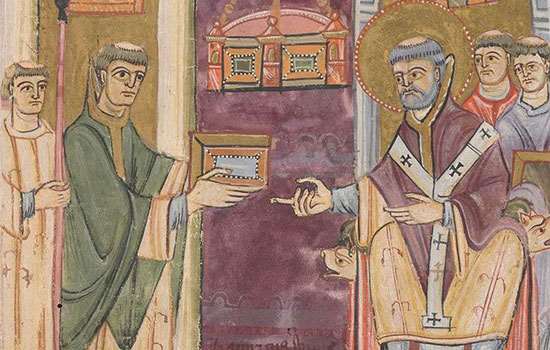
Who Was St Augustine?
In the late 6th century, a man was sent from Rome to England to bring Christianity to the Anglo-Saxons. But who was St Augustine, and how did his mission succeed?
-
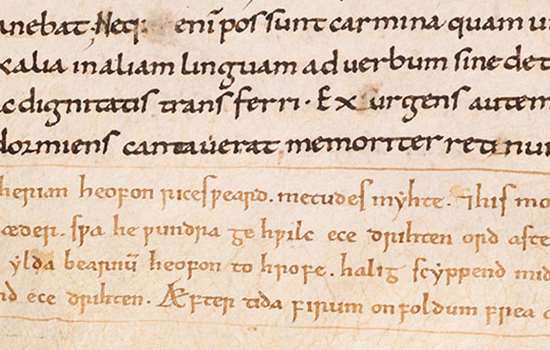
Caedmon, Whitby and Early English Poetry
How Cædmon’s poetic awakening, at the monastery that lies beneath Whitby Abbey, produced one of the first fragments of English verse.
-
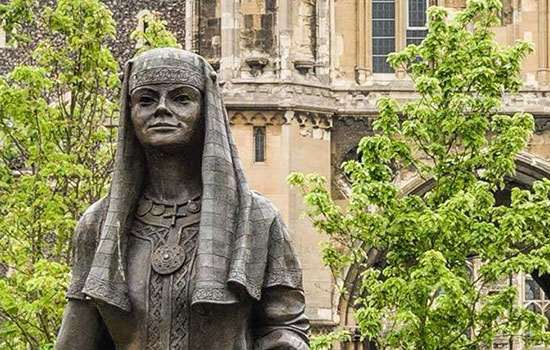
Queen Bertha: A Historical Enigma
In 597, St Augustine arrived in England to convert the Anglo-Saxons to Christianity. Virtually every modern description of this mission mentions Queen Bertha of Kent. But who was Bertha?
-
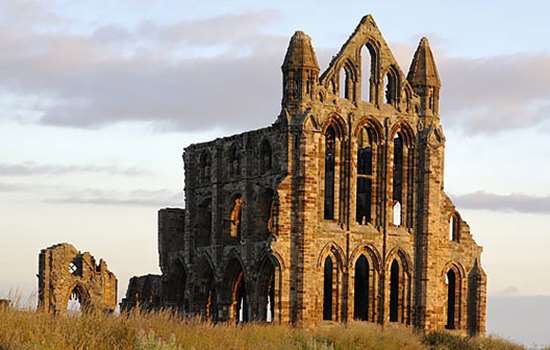
The Synod of Whitby and the Keys of Heaven
How a decision about the way in which the date of Easter should be calculated was a landmark in the history of Christianity in England.
-
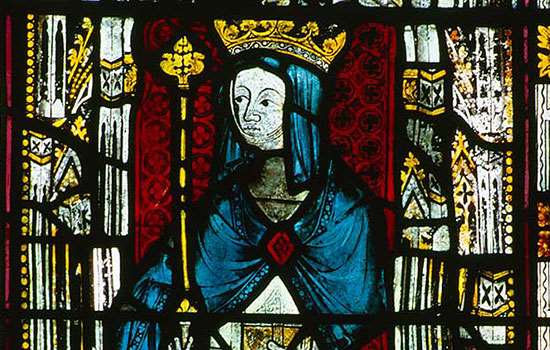
St Hild of Whitby
Hild is a significant figure in the history of English Christianity. As the abbess of Whitby, she led one of the most important religious centres in the Anglo-Saxon world.
-
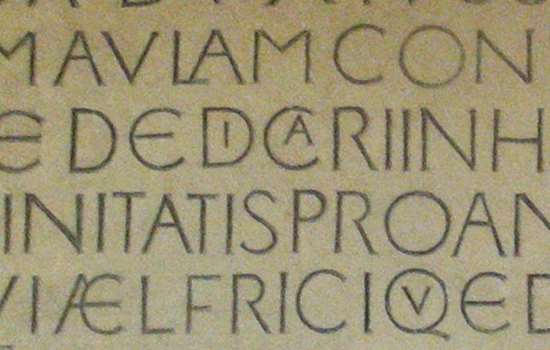
Two Happy Accidents Reveal Odda’s Chapel, Deerhurst
How the chance discovery of a chapel in Gloucestershire has proved crucial to our understanding of Anglo-Saxon architecture.
